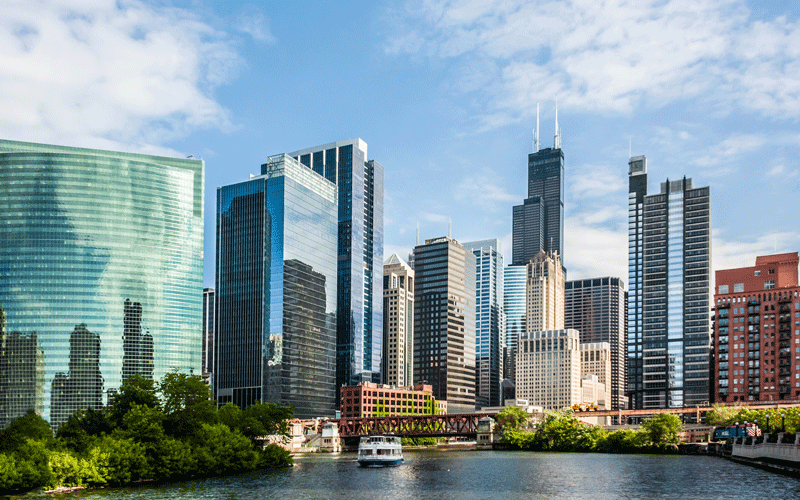Understanding Chicago’s New Energy Transformation Code
Chicago continues to solidify its position at the forefront of energy conservation in the U.S. On January 1, 2023, Chicago’s New Energy Transformation Code went into effect for new or renovated properties in the city.
The New Energy Transformation Code has two primary objectives: (1) to create effective use and conservation of energy, and (2) to reduce carbon emissions.
Requirements for residential properties include:
- Increased insulation for roofs and walls
- High-efficiency bulbs for all permanent lighting, and dimmers or occupant sensors for most interior lighting, unless the lighting is in a bathroom, hallway, or stairway
- Compliance with two of five additional efficiency requirements from the following:
- Enhanced building envelope performance
- High-efficiency HVAC equipment
- Reduced energy for water heating
- High efficiency duct distribution systems
- Improved air sealing for ventilation systems
- Ceasing installation of new gas lights
- Appliances (other than heating or cooling units) with electrical capacity and the necessary wiring and outlets to be electric powered
Requirements for commercial properties include:
- Stricter building envelope requirements
- Measures for heating and cooling in spaces like revolving and interlocking doors or windows
- Updated HVAC efficiency standards
- New standards for outlets tied to occupancy sensors or timer controls.
- New provisions for plant growth lighting for indoor agriculture.
For every permit application that requires architectural plans, an Illinois-licensed architect or engineer must complete an Energy Code Compliance Statement, using forms provided by the Department of Buildings. The completed statement must be submitted along with the supporting documents as part of the permit application process.
For further information regarding Chicago’s New Energy Transformation Code, residential, or commercial real estate, please contact Jonathan M. Weis or call 312-368-0100.



